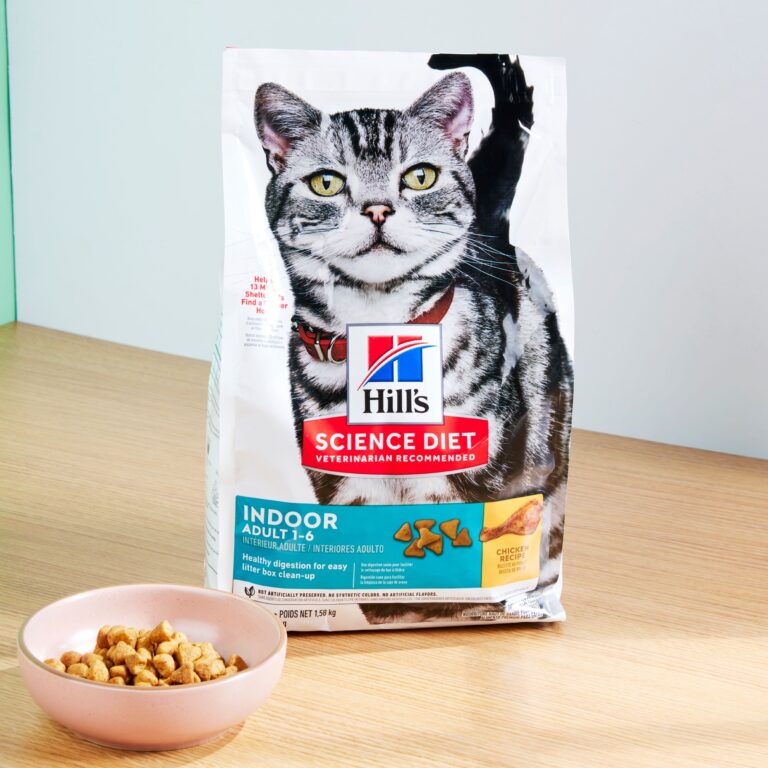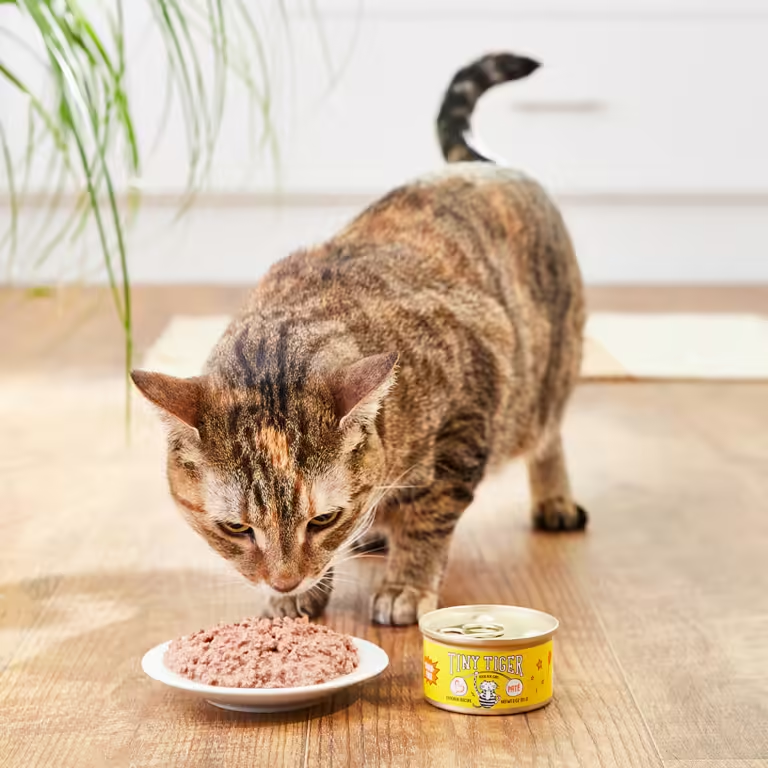Cat Food Allergies: Identification and Management in 2024
Cat food allergies are a difficult and misunderstood problem. As cat owners become more concerned about their pets’ health, it is crucial to recognize food allergy symptoms, analyze allergens, and develop a management plan. As knowledge of veterinary medicine and pet nutrition increases, identifying and managing food allergies will become easier by 2024. This article will help you address this important health issue in cats.
Learn More About Cat Food Allergies
Cats develop food allergies when their immune systems perceive dietary proteins as toxic. Unlike food intolerances, food allergies can cause skin irritation, gastrointestinal upset, and other systemic reactions. The most common cat food allergies include beef, poultry, fish, eggs, dairy, and wheat. To diagnose and treat food allergies, you must first understand them.
Common Food Allergy Symptoms
A cat’s behavior and health must be monitored to diagnose food allergies. Itching, frequent grooming, skin infections, hair loss, ear infections, and vomiting or diarrhea are common symptoms. Pain and discomfort in cats can be harder to detect. Keep a detailed record of your symptoms, including when they occurred, to help diagnose food allergies.
Veterinary Consultation and Diagnosis
If you suspect your cat has a food allergy, contact your veterinarian. Your veterinarian can perform a thorough physical evaluation and prescribe allergy testing or an elimination diet. Allergens can be identified through blood or skin testing. However, elimination diets are the gold standard for diagnosing food allergies. Over a period of six to eight weeks, your cat is fed a new protein source and monitored for symptoms.
The Value of Novel Protein Diets
Cat food allergies are best tested by introducing a new protein diet. You can see if symptoms improve during the elimination process by giving your cat’s immune system a new protein source. Duck, venison, rabbit, and fish are new protein sources. Avoid eating treats and scraps during this time to ensure accurate results. Monitor your cat’s symptoms to help your veterinarian make a diagnosis.
Reintroduce Food Slowly
If symptoms improve after the elimination phase, gradually reintroduce the program. This method addresses allergies and foods that cause reactions. Add one food at a time and wait a week or more before adding another food. Your cat may be allergic if a food causes symptoms. Recording your reactions during this time will give you more insight into your cat’s diet.
Cat Allergy Nutrition
Managing cat food allergies requires dietary considerations. Carnivores like cats must eat meat. Therefore, they should choose a commercial or homemade diet that meets their dietary needs and is allergy-free. Commercial hypoallergenic diets contain fewer allergens and may use hydrolyzed proteins to reduce immune reactions. Your veterinarian or veterinary nutritionist can help you feed your cat properly.
Managing Environmental Allergies
This page focuses on food allergies, but cats can also have environmental allergies. These can exacerbate food allergies or mimic food allergies. Environmental allergens include pollen, dust mites, and mold. That’s why regular cleaning, air purification, and allergen control are essential for your cat’s environment. A comprehensive approach to food and environmental allergens can improve your cat’s health.
Treat Allergies with Probiotics
In recent years, probiotics have been studied for managing cat allergies. Probiotics promote healthy gut flora, which is essential for good health. Some studies show that probiotics can help alleviate allergy symptoms by balancing the immune system. While research is ongoing, adding probiotics to your cat’s diet under veterinary supervision can help manage food allergies.
Dietary Monitoring and Adjustments
After a food allergy diagnosis and management plan has been developed, monitoring is critical. Regular visits to the veterinarian can help your cat stay healthy and meet its nutritional needs. Your cat’s health should be monitored for allergies, which can develop over time.
Conclusion
Finding and caring for cats with food allergies isn’t always easy. Pet parents need to be patient, consistent, and proactive. By paying attention, talking to your veterinarian, and following an elimination diet, you can make your cat’s life healthier and happier. By 2024, improvements in nutrition and medical care will make it easier for pet owners to understand and manage cat food allergies so they can stay healthy, even on questionable diets. Ultimately, a careful and informed approach can have a significant impact on your cat’s health and quality of life.








